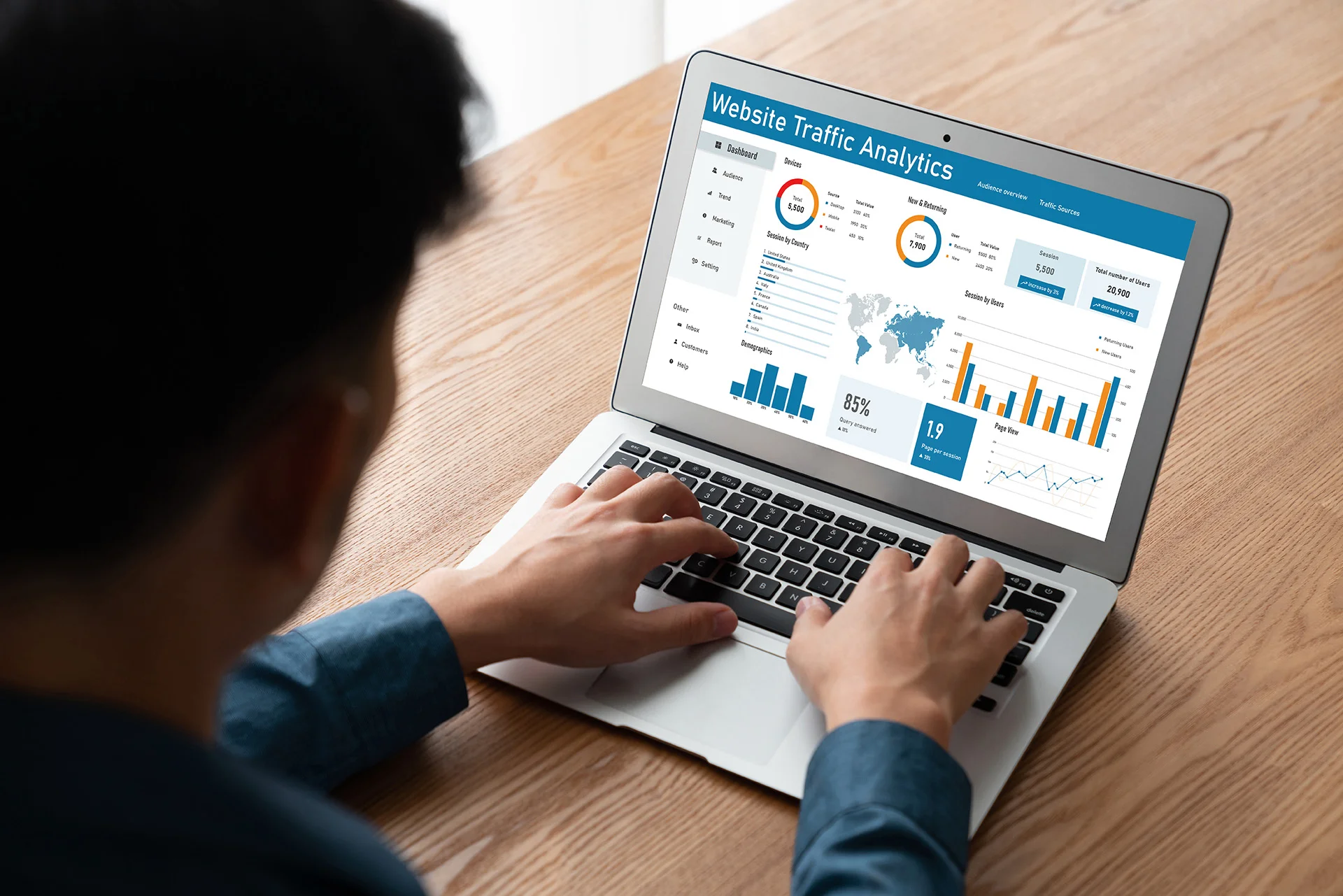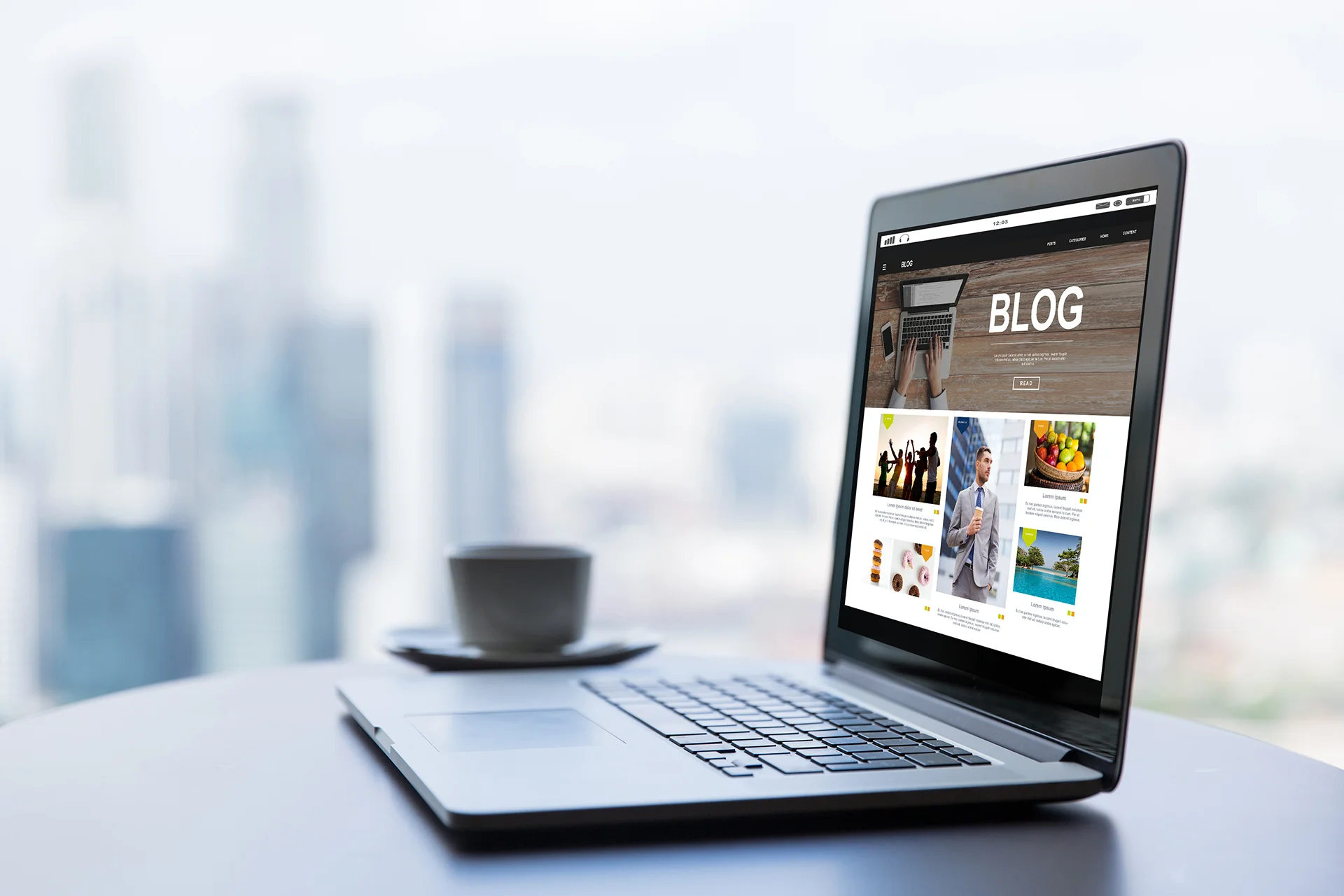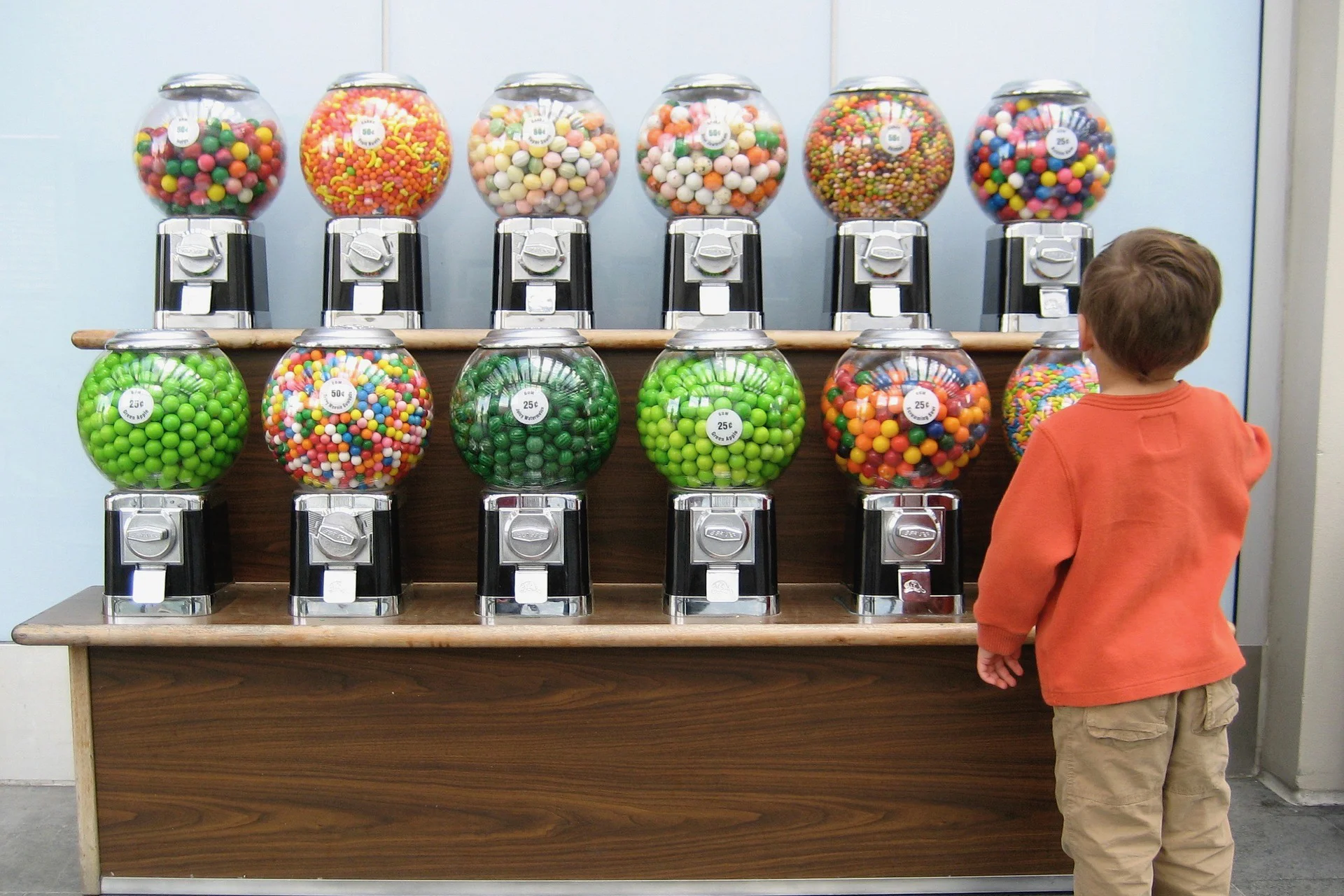As we transition back to the office and in-person interactions become more frequent, developing print materials like business cards, brochures, postcards, and flyers can be highly beneficial for small businesses. Here’s why investing in these tangible marketing tools makes sense in today’s evolving business environment.
Networking and Professionalism
Personal Interaction: Print materials facilitate face-to-face networking, which remains a powerful tool for building professional relationships. Business cards, in particular, offer a tangible way to share contact information during meetings, conferences, and networking events, helping to leave a lasting impression. Brochures and flyers provide potential clients with detailed information about your products or services, enhancing your professional image.
Professional Image: High-quality print materials convey professionalism and attention to detail. They help establish your brand identity and ensure that your business is perceived as credible and trustworthy. A well-designed brochure or flyer can communicate your brand’s story, values, and offerings effectively. (Visit Forbes and Business News Daily)
Brand Awareness and Marketing
Brand Visibility: Print materials, including business cards, brochures, postcards, and flyers, enhance brand visibility. They provide a physical reminder of your business, keeping your brand top of mind for potential clients and partners. Distributing brochures and flyers in strategic locations can reach a wider audience and drive traffic to your business.
Complementing Digital Marketing: Print materials can complement your digital marketing efforts. Including your website, social media handles, and a QR code on your business cards, brochures, and flyers can drive traffic to your online platforms and create a seamless offline-to-online customer journey. Postcards can serve as direct mail marketing tools, delivering targeted messages directly to your audience’s mailboxes.
Impact Amid Overflowing Email Inboxes
Standing Out: In today’s digital age, email inboxes are often flooded with promotional messages and advertisements, making it difficult for any single email to stand out. Print materials, on the other hand, provide a physical touchpoint that can capture attention more effectively. A well-designed business card or brochure handed out during a meeting can create a memorable impression that is less likely to be ignored or forgotten.
Tangible Connection: Print materials offer a tactile experience that digital communication cannot replicate. The act of physically handing over a business card or brochure establishes a personal connection, making the interaction more meaningful and memorable. This can significantly enhance the perceived value and credibility of your business.
Cost-Effective and Convenient
Affordability: Print materials, particularly business cards, brochures, and flyers, are cost-effective to produce. For a relatively low investment, you can create a large number of materials that can be distributed widely, providing ongoing marketing benefits.
Convenience: Business cards, brochures, and flyers are easy to carry and distribute, making them convenient tools for networking and marketing. Unlike digital contacts that might get lost in an overflowing inbox, a physical card or brochure can be kept handy in a wallet or on a desk. Postcards can be easily mailed to reach potential clients in specific geographic areas.
Adaptability to Trends
Integration with Technology: Modern print materials can incorporate innovative features such as NFC (Near Field Communication) technology, allowing recipients to tap the card or brochure with their smartphone to instantly access your contact information or website. QR codes on postcards and flyers can link to special promotions or additional content.
Sustainability Options: Many printing companies now offer eco-friendly options, such as recycled paper or vegetable-based inks, allowing businesses to create print materials that align with their sustainability goals. This can appeal to environmentally conscious consumers and enhance your brand’s reputation.
Conclusion
In conclusion, while digital marketing is crucial, the return of in-person interactions makes print materials like business cards, brochures, postcards, and flyers a valuable addition to a small business’s marketing toolkit. They enhance networking opportunities, reinforce brand identity, and provide a cost-effective, professional way to share contact information and promote your business. By integrating modern technology and sustainable practices, small businesses can ensure their print materials are both innovative and environmentally friendly. Furthermore, in a world where email inboxes are often overflowing, print materials offer a refreshing and impactful way to stand out and make lasting connections.
For more insights and strategies on enhancing your small business’s marketing efforts, please contact Real Brand Marketing. See Print Design.








